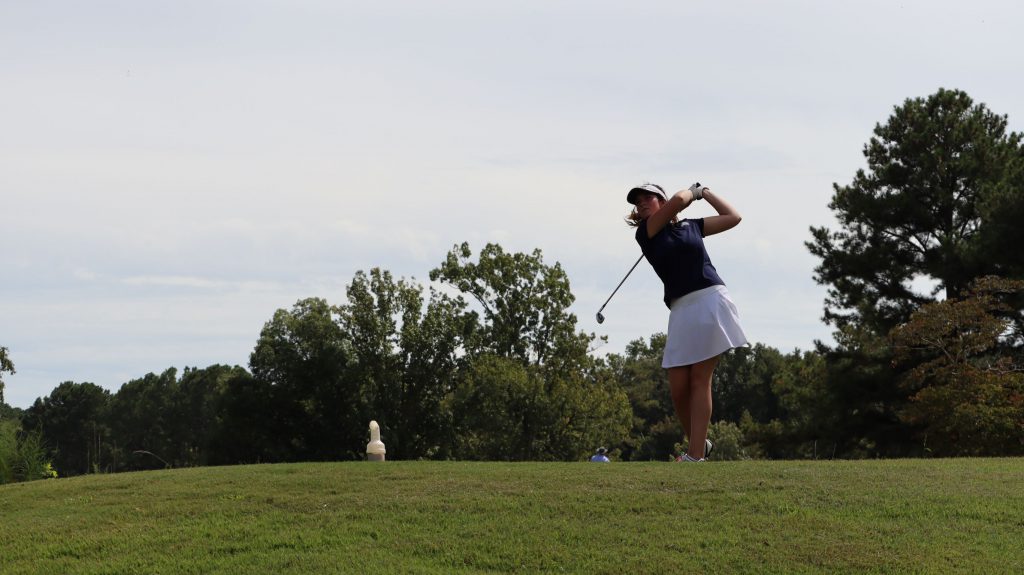 KERRI TAYLOR
KERRI TAYLOR
Sports Editor
Amidst the misery of the torrential rain, knee-deep snow, and sub-arctic temperatures we have endured over the last few weeks, a fire of excitement has been ignited to melt away our winter blues. The Winter Olympic Games are upon us, and this year promises to be one of the most exciting, awe-inspiring and controversial contests yet.
What better way to spend the harsh winter days than nestled in front of the TV, watching the most elite athletes from every nation compete in front of the cameras on the world’s largest stage.
“Watching the Winter Olympics all day is a win in my book,” said junior Thomas Mills.
“I started watching the Olympics in my room when it was too cold and I didn’t really feel like going outside,” said freshman Javon Trice. “I wasn’t that big of a fan before, but now I’m pretty interested in what’s going on.”
So, what can you expect to see in this year’s winter games? The images that probably come to mind are brutal displays of aggression in the ice hockey rink, impressive skill as skiers zip through snow-covered slalom courses, and flawless elegance as figure skaters parade gracefully on the ice.
“Figure skating is my favorite,” said junior Nancy Kelly. “The skaters are so skilled, and their outfits are beautiful.”
In addition to the typical sports you may expect to see, the Winter Olympics exhibit many sports that you probably didn’t even know existed. Ever heard of skeleton? Luge? Or even Nordic Combined skiing? Probably not unless you’ve been watching.
Skeleton is a sport where athletes ride a small sled down a frozen track. Extreme athletic prowess comes in to play when you realize that these athletes lay face down with their nose almost scraping along the ice as they hurtle head first down a track, reaching speeds of up to 140 km/h.
Luge is similar, although athletes propel feet-first down the course. Both sports are among some of the most dangerous on the planet and even the most elite of Olympic athletes have often died while in preparation for these events.
Nordic Combined Skiing incorporates both cross-country skiing and ski jumping. Athletes propel themselves off the top of a huge peak and hope to land smoothly on the snow below before they embark on a winding course, gaining momentum along the way and reaching speeds of around six meters per second. Skiers have to possess speed, timing, balance and sheer mental toughness to compete in this dynamic event and are judged on both style and race time.
Although the games contain many thrilling events, the contest does not gain as much interest as the widely popular Summer Olympic Games, which draws a huge crowd, both filling stadium seats and dominating television network coverage throughout the duration of the games. This attitude regarding the winter games being less exciting seems to be reflected within the student body.
“I’ll watch the Winter Olympics if there’s nothing else on, but I won’t go out of my way to watch it,” said freshman Molly Barnes. “I don’t really care about any of the events that much and I only really like the skiing.”
Although some students disregard the winter games, other students understand that the entire nature of the games differs from the Summer Olympics.
“The Winter Olympics are much more extreme than the summer games since most sports during the winter contest deal with people flying off of ramps at crazy speeds,” said freshman Josh Cherry. “The winter games are more dangerous as a whole.”
So, even if snow and sub-zero temperatures are not your kind of thing, take a minute to check out the Winter Olympics. You might even find yourself on the edge of your seat with your eyes glued to a thrilling battle between the world’s best snowboarders, who hurtle themselves off colossal peaks and glide through the air as they compete to perform the most intense stunts that will probably leave you wondering if these athletes can defy the force of gravity.
Let the games begin.

